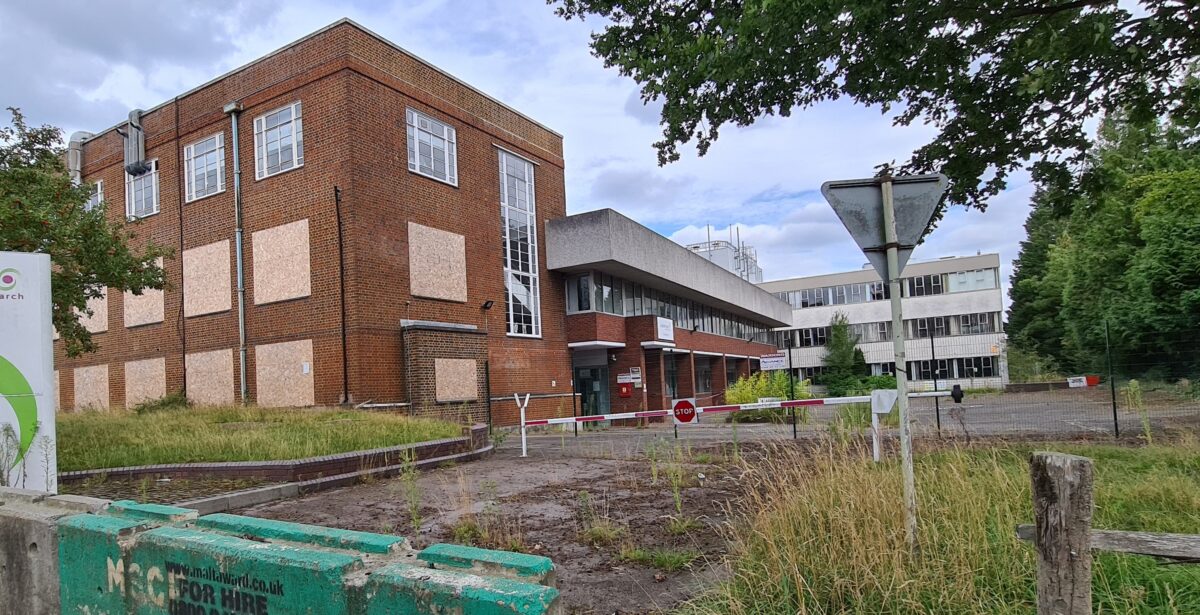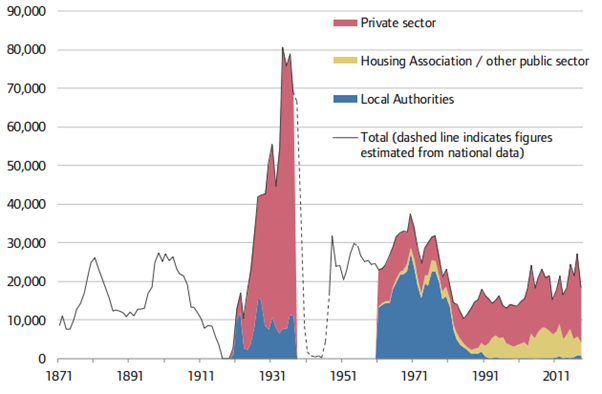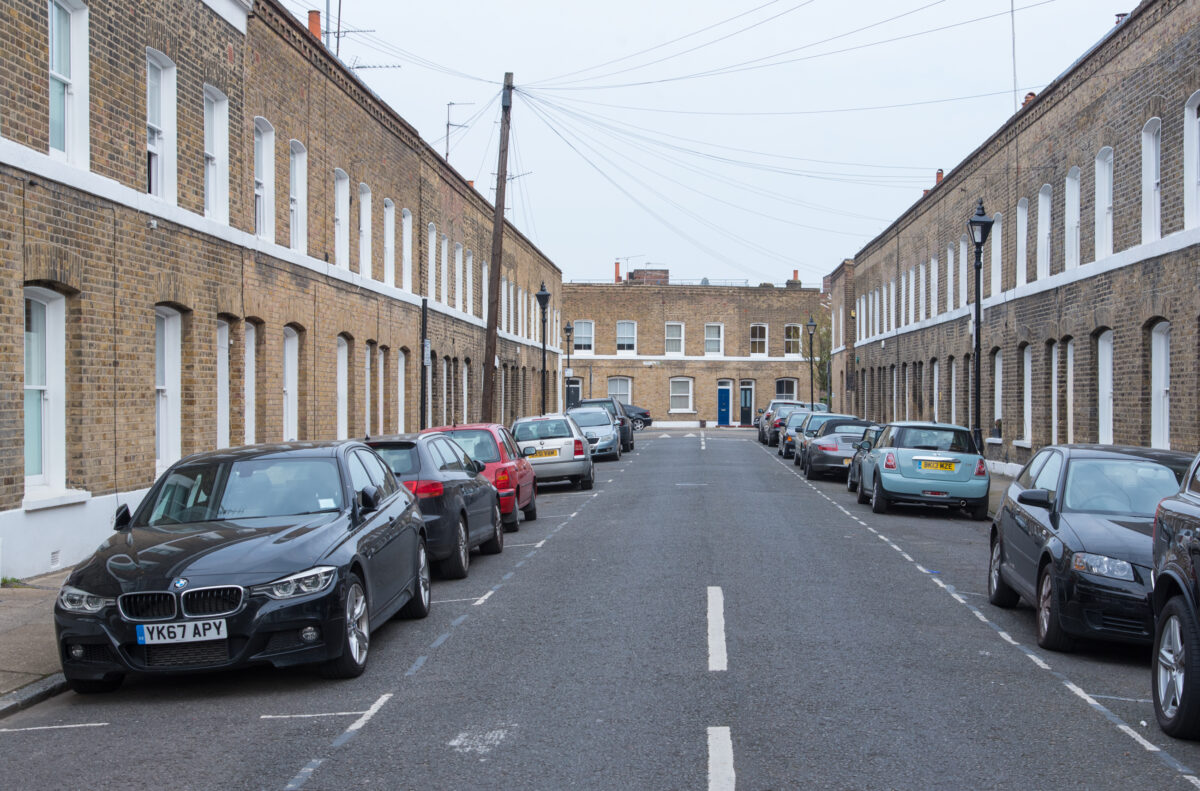Housing is one of the biggest challenges facing Londoners. Keeping housing affordable, especially in the face of the Government’s cost of living crisis, has been one of the biggest priorities of Labour at the London Assembly.
Red Brick readers will know better than anyone the outcomes that come from the perfect storm of low supply, high demand, few protections of renters, recent hikes in interest rates and a decade of Government policy that has been dedicated more to keeping developers and landlords happy rather than providing housing.
London Assembly Labour’s work is helping protect our city from the damage the Government has done to the rest of the country.
While the Mayor has been delivering London’s Affordable Housing Programme, along with other crucial measures like the Council Homes Acquisition Programme, funding for domestic abuse shelters and emergency homelessness support, Labour Assembly Members’ campaigns have focused on what the Government in Westminster needs to do to support Londoners.
Particularly, we’ve seen wins on our campaign to raise Local Housing Allowance (LHA). Until last year, LHA rates had been frozen since April 2020 at 2019 levels – meaning that they would cover the cheapest third of homes in a local area as it was calculated based on the 2018/19 rental market. The huge jumps in rent since then were ignored by the Government, meaning that those claiming Local Housing Allowance were sometimes priced out of up to 98% of homes in an area – or had to cross-subsidise from the other meagre benefits they were entitled to.
Along with my London Assembly Labour colleagues, I campaigned for this to be raised – seeing the rate returned to a third of the market price. By putting pressure on the Secretary of State, along with raising the profile of those with lived experience of Local Housing Allowance, we were able to make sure that the Government weren’t able to ignore the issue.
The Government didn’t build in annual revaluations of LHA, so we know that this will need re-raising in coming years, but, hopefully, for now, this change will provide some much-needed respite for some of our city’s most vulnerable.
We’re the largest party on the Assembly, supporting the Labour Mayor, Sadiq Khan, but we don’t have a majority.
On 2nd May, our hope is to win more seats on the Assembly to build support for some of the most urgent housing issues facing our city.
Firstly, we must tackle the crisis in temporary accommodation. We know that councils spend £90 million every month on temporary accommodation – a 40% increase from the year before. Although there are some good temporary accommodation providers, we know many Londoners are forced into insanitary, overcrowded, and hazardous living conditions.
We know that everyone in temporary accommodation would rather not be there. They often end up in this crisis by being asked to leave informal situations – “sofa surfing” with friends or family – where they can no longer be accommodated, or private tenancies coming to an end (increasingly through Section 21 ‘no fault’ evictions). Sadly, 64% of those in temporary accommodation are families with children. For many of those, the problems with the private rented sector and an under-supply of council housing means they are in temporary accommodation for months if not years.
This is the outcome of several years of failure: council underfunding, decades of right to buy meaning that the council houses were privatised without being replaced, low overall housing stock meaning that the cost of temporary accommodation is going up, and few rights for renters meaning that those in precarious situations are much more vulnerable than they need to have been. Our capital is seeing some of the worst temporary accommodation pressures, so London Assembly Labour won’t let the Government continue to ignore this problem.
Secondly, Sadiq Khan and London’s Government are focusing on council housing and affordable rent in the next stage of the Affordable Housing Programme – with the first stage seeing more homes for purchase built. Readers may have seen his pledge to build 40,000 council homes by 2030. Seeing how urgent the situation has become, this will also be coupled with schemes like the Council Homes Acquisition Programme that will subsidise councils to buy homes in their areas for their housing stock. We’ll make sure that the Tories in City Hall don’t cause problems for this programme, which we know will change lives.
Finally, we know that as a result of the crisis in supply chains stemming from the 2022 mini budget, labour costs and materials prices have slowed down construction across the country. In London, we risk housebuilding grinding to a halt it the Government doesn’t step up the funding for the Affordable Housing Programme. They are the ones who got us into this mess – we cannot have a generation of Londoners missing out on affordable housing as a result. Labour in City Hall make sure that the Government doesn’t oversee these problems getting worse and instead properly funds housing in London.
London’s housing crisis has been decades in the making, and it will take ambition from local, regional and national governments to address it. London Assembly Labour is just one piece of this puzzle, but we’re an impactful one – and we’ll make sure that our housing crisis doesn’t get worse for the next generation of Londoners.








